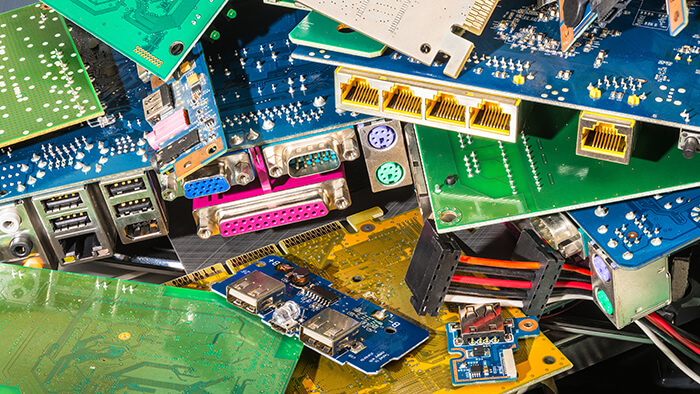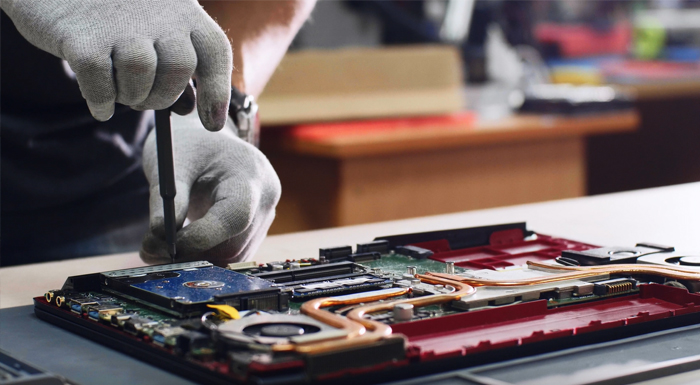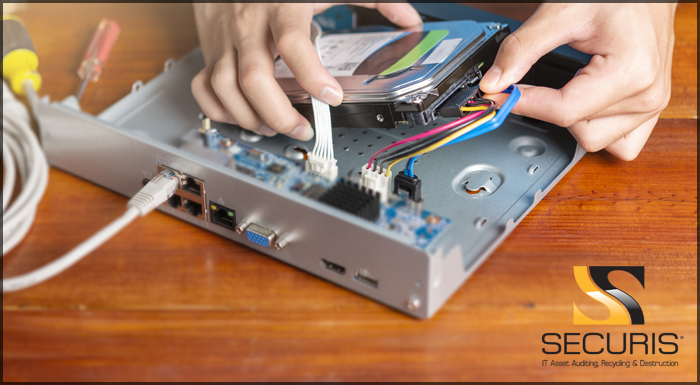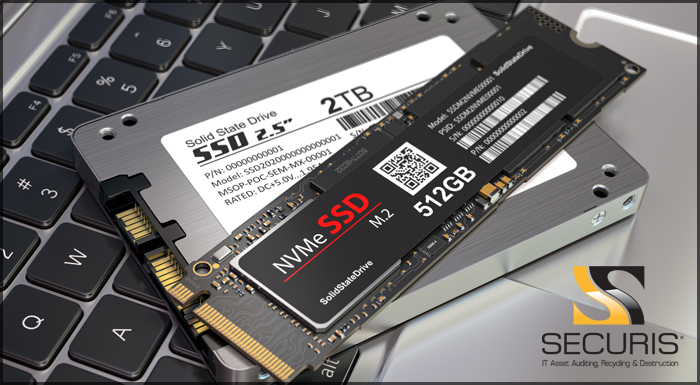When purchasing a new computer, phone, and other electronics, most of us don’t think about where the materials needed to produce them come from. The same is true regarding where our retired e-waste goes once it’s obsolete or replaced with newer technology. The climate is shifting as we’re faced with a growing number of electronic waste in landfills. Because of environmental awareness, we’re seeing a global shift from a linear model of production to a circular model. This is especially important in electronics recycling. Securis has long practiced the circular economy of e-waste.
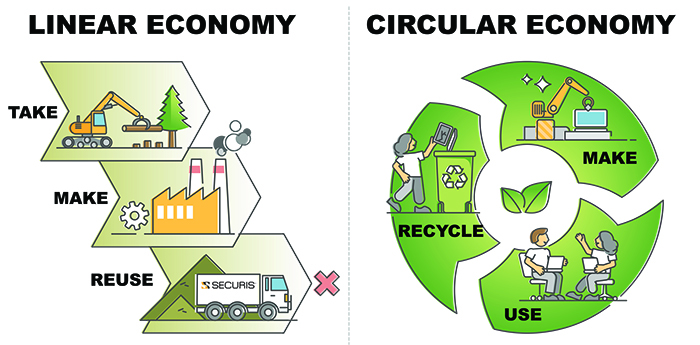
Linear vs circular economy comparison from-waste recycling viewpoint
Take, Make, Break, and Toss: The Linear Model
“If people think about where their goods come from and where they end up, they’re probably thinking about the old, linear model,” says Laura Ware, Enterprise Sales and Sustainability Officer at Securis. “The linear model is, basically, ‘take, make, take, break, and toss.’ Companies take the resources they need to make a product, the customer takes the product and uses it until it breaks, and then tosses it where it ends up in a landfill. Electronics recycling is so important because it means that we’re repurposing and reusing as much raw material as we possibly can.”
The Circular Economy
The idea of a circular economy dates back to the late 1960s but gained widespread popularity in the early 2000s with the publication of the book “Cradle to Cradle: Remaking the Way We Make Things” by William McDonough and Michael Braungart. The book analyzes the ways in which production and manufacturing can upcycle rather than downcycle goods to ensure that resources are continually be reused and refreshed.
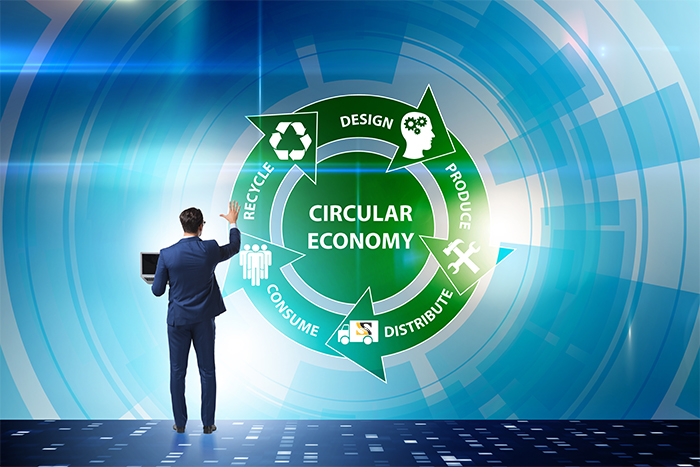
Concept of circular economy with businessman
Securis’ commitment to generate zero waste and ensure nothing ends up in a landfill is putting a circular economy model into daily business practices. Securis has been at the forefront of the circular economy before it was a known term. “While I’ve only been with Securis for a few months,” Laura says, “Jeremy Farber (Founder and President) started the business in the early 2000s before conservation and sustainability were boardroom buzzwords. Today, every business is looking for ways to do better for the environment. We’re here to help them do that.”
Committed to the Environment through E-Waste Recycling
Whether or not it’s data destruction and shredding or electronic waste recycling, Securis has built its business – and its reputation – on delivering exceptional results for its customers while adhering to strict environmental guidelines and certification mandates, such as those given by R2 and other industry governors.
“I love when customers have that ‘A-HA! moment,” says Laura. It’s when they realize that working with us is a win-win scenario. It’s better for the environment, it’s better for the bottom line, and it can put money in your pocket. It shows you that the circular economy really is made up of virtuous cycles with Securis right in the middle of it.”
